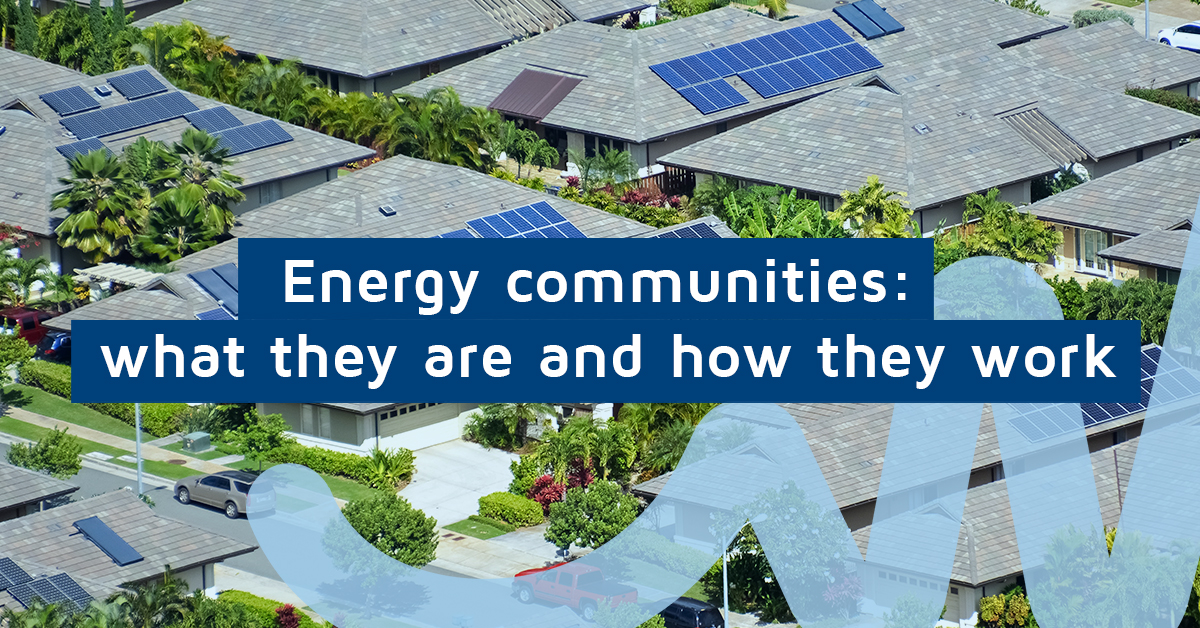Energy communities: what they are and how they work
They have ceased to be an isolated initiative to become an inspiring movement that gains followers. Energy communities represent a new model for producing and distributing energy.
What are energy communities?
These are groups of people, associations, companies, or even public administrations that are organized to achieve common goals related to the use of energy. Usually, they are related to making better use of renewable resources in a specific location and are decisive in promoting citizen participation in the energy system. An energy community can encompass two concepts, according to the National Integrated Energy and Climate Plan (NIECP) 2021-2030, however, unlike other EU countries, Spain does not have a regulatory framework in reference to energy communities:
- Community of renewable energies. It corresponds to community energy projects based on the use of renewable sources, such as photovoltaics, for example.
- Citizen energy community. This denomination encompasses any community project aimed at the distribution, supply, consumption, aggregation, storage, provision of energy services (improvement of energy efficiency in buildings) or recharging services for electric vehicles.
The energy communities are related to the ESG (Environment, Social, Governance) criteria, since their benefits have an impact on these three dimensions, as we will see below.
Advantages of renewable energy communities
- They reduce the local carbon footprint and contribute to meeting the goals in carbon emissions policies for 2030.
- They are a natural alternative to fossil fuels.
- Improve consumption efficiency.
- Combat energy poverty with access to lower prices for neighbours with fewer resources.
- They promote collective investment in the development of renewable energies.
- They favour the energy independence of citizens, associations, companies and administrations.
- They are based on the commitment of the community to implement renewable energies for the first time in an area.
- They boost the local economy through job creation and encouragement for companies linked to renewables.
- They allow better living conditions for the citizens of the area.
- Strengthen community ties by working for shared benefits.
How are energy communities different from other renewable projects? - Their purpose. All economic benefit is used to provide environmental or socio-economic benefits and services to local community partners.
- Their property. It belongs to the partners of the project (citizens, companies, associations, and local authorities), who are the ones who participate in the decisions and direct them.
- Its governance. The community's future is in the hands of its members, with whose votes they guarantee the community's autonomy.
Now tell us, what benefit of energy communities do you think is most revealing for the future?
When you subscribe to the blog, we will send you an e-mail when there are new updates on the site so you wouldn't miss them.

